
Earth bag, or sand bag, homes is a trend I’ve been reading about more and more on the internet. Outside of the military and flood control I honestly had no idea people legitimately built with these. Reminds me a little of straw bale houses. Do an image search on google for earthbag homes and you will find hundreds; I’ve share a few below. I’m amazed at the creativity that goes into some of these structures. From Living Outdoor (http://lifeoutdoor.pw/):

A house-building technique that is considered both old and new is with earth bags or as they are sometimes called; sandbags. Earth bags have been used for a long time and mostly by the military. They create strong protective barriers. They are used to for flood control too. The earth bag walls are massive and substantial, they can be erected quickly and simply and they can resist all kinds of severe weather. They can even resist bullets and bombs!
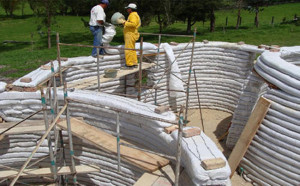
This house-building technique use to traditionally use burlap bags, they work fine, but they eventually start to rot. Polypropylene bags have started to be used now because they have superior durability and strength. These bags need to be kept away from too much sunlight. In cases when they are used for permanent housing, they need to be covered with some kind of plaster to protect them. The interest in this technique has resurged.
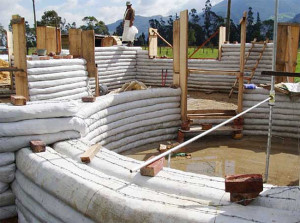
Nader Khalili, an architect from the Cal-Earth Institute was the one that brought back the interest when he began experimenting with bags of adobe soil. He used them as building blocks for creating arches, vaults and domes. Middle Eastern architecture uses these adobe bricks for building these forms. Khalili was familiar with that and that’s why it wasn’t hard for him to imagine building using this architectural technique.
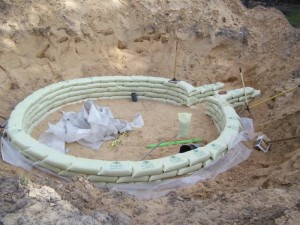
Earth bag building is very easy and to illustrate this to you, the article will show the main steps of construction for building earth bag walls. The first things that need to be done before starting the building are: clear and level the site, remove topsoil, position fill soil around the building site, dig a trench to stable subsoil, put about 12 inches of gravel in the trench and add corner guides and string lines. The corner guides and the string lines make the job a lot easier.
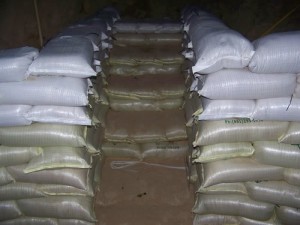
The tools and materials that you need are: woven polypropylene bags (about 18″ x 30″ ), 4 or 5 heavy duty 2-gallon cement buckets, bucket chute (4-gallon bucket with bottom cut off), string line, 15 gauge galvanized wire, metal chisel and scrap steel for cutting barbed wire (or bolt cutters), tape measure, knife, wire cutters, hammer, sheet metal slider (about 13″ x 16″), 4-point barbed wire, corner guide, grub hoe or grape hoe, level, tampers, bundle 500 bags, shovel.
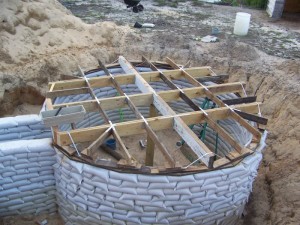
The first step is to fill the bags. Use 2-gallon cement buckets to measure the fill material and use the same number of buckets for each bag. Fill the bags leaving just enough to sew the bags closed. Sew or stitch the bags properly and carefully so they don’t spill. The next step is to lower the courses. Place gravel-filled bags working from the corners and openings to the center. Align the bags to the string line, tamp the bags and level them. Now it’s time to add barbed wire. Use two strands of 4-point barbed wire in-between each course of bags.
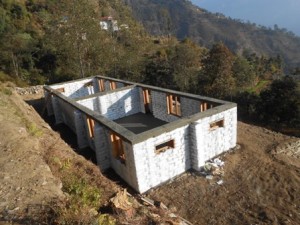
Repeat the process using earth-filled bags, but with a few minor changes: turn bags inside out to avoid protruding corners; use lightly moistened soil; tamp the contents slightly after each bucket load is added; pre-tamp each bag after it is aligned in position. The next step is to tamp the earth bags solid and level after each course is complete. First tamp the high points then tamp the entire wall several times. This avoids creating low spots. Continue with these steps until you finish the wall.



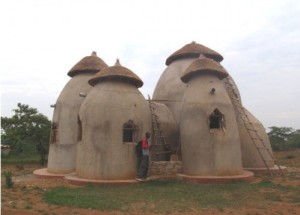

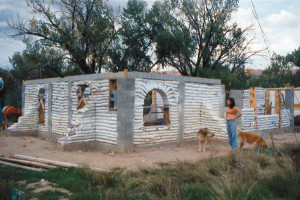
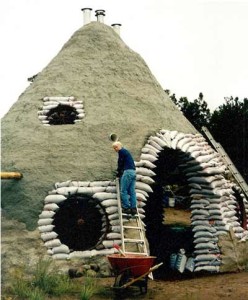

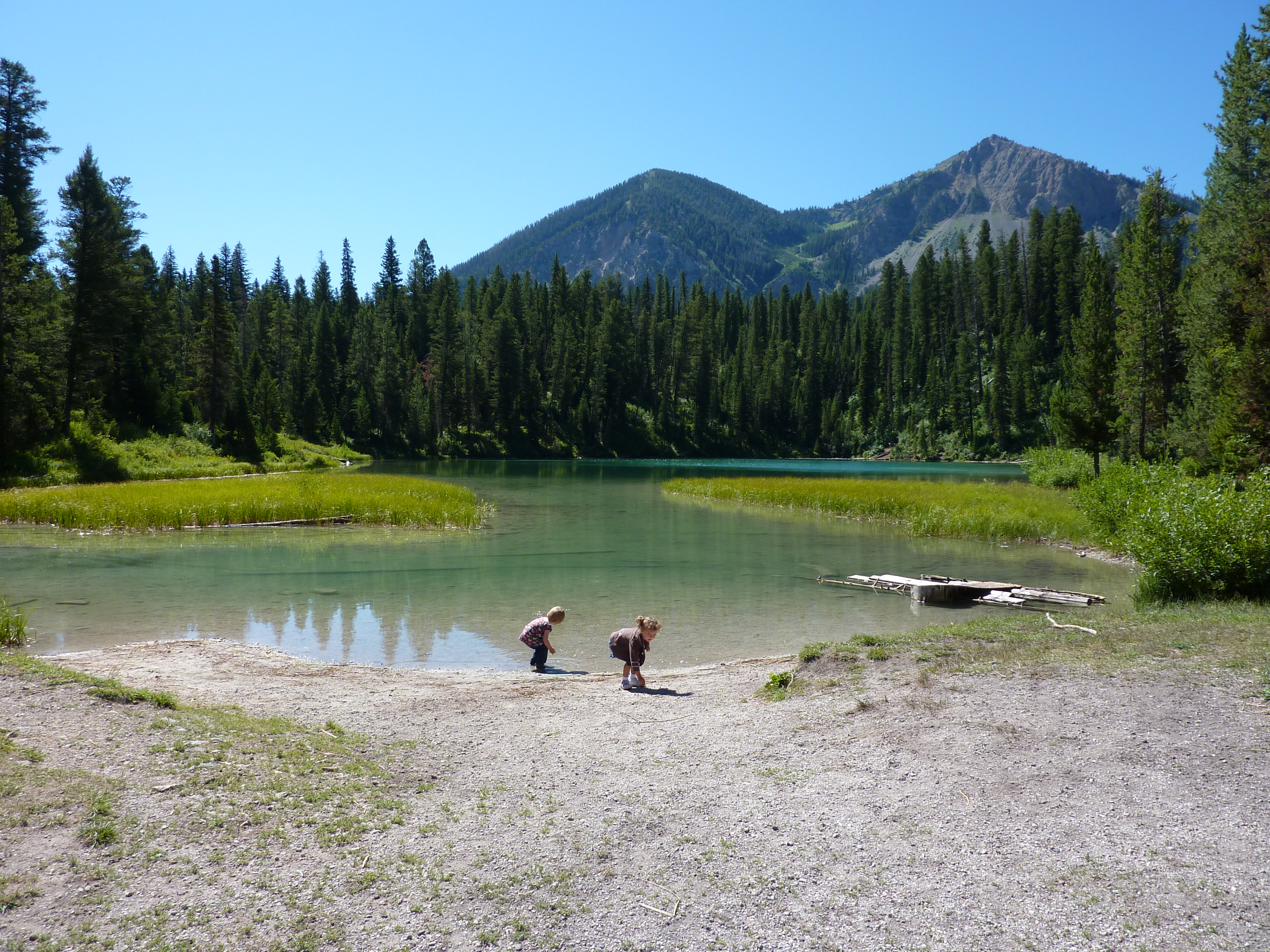
Dear Sir
I would like to make one like this along the beach where our researcher can stay for night survey on wildlife on the beach. house needs to be sustain in monsoon and heavy wind, storm. Would you think it is good for my area ?
Bests